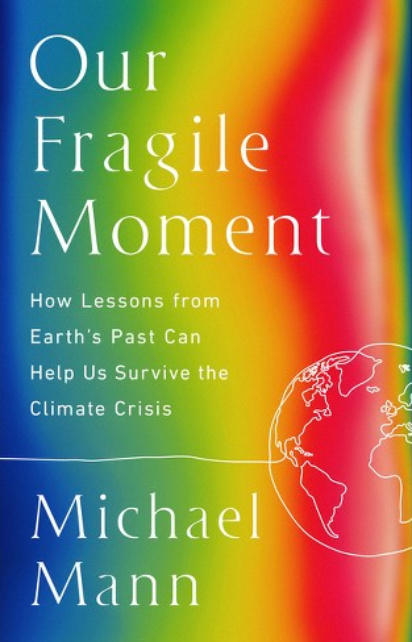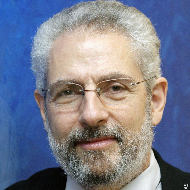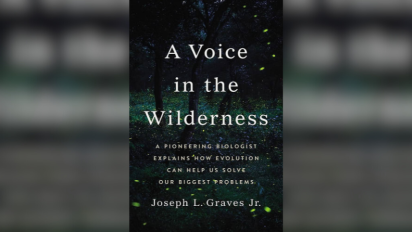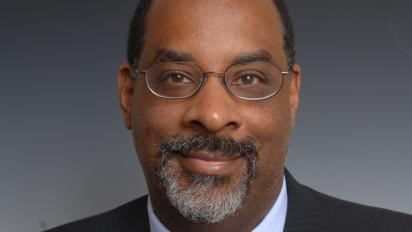[Review] Our Fragile Moment. How Lessons from Earth’s Past Can Help Us Survive the Climate Crisis
The world’s most powerful computers, swallowing oceans of data and running for weeks at a time, can offer only a rough idea of how global temperatures will rise as humanity keeps pumping carbon dioxide gas (CO2) into the atmosphere. The climate  system is so irreducibly complex, to borrow a term from the creationists, that different ways of calculating things like cloudiness give significantly different answers. Some computer runs calculate that doubling the level of the gas will bring a warming of 2 °C (dangerous), while others say 4° or even 5° (catastrophic). With so much uncertainty, it is natural to ask whether the elaborate computations can be trusted at all.
system is so irreducibly complex, to borrow a term from the creationists, that different ways of calculating things like cloudiness give significantly different answers. Some computer runs calculate that doubling the level of the gas will bring a warming of 2 °C (dangerous), while others say 4° or even 5° (catastrophic). With so much uncertainty, it is natural to ask whether the elaborate computations can be trusted at all.
Paleoclimatology to the rescue. In recent decades, legions of experts in different fields have found ingenious ways to measure the atmosphere and climates far back into the past. They have found that both the CO2 level and temperature have varied over wide ranges. Overall, it turns out that doubling CO2 went along with a temperature rise of roughly 2–4.5 °C, pretty much as the computer models say. When wholly different methods reach the same numerical conclusion, that goes a long way toward establish- ing confidence in the result. In the most recent report by the Intergovernmental Panel on Climate Change (IPCC), for the first time the authors relied on paleoclimatology as much as on computer models, if not more, to project future global temperatures.
Arguably the foremost living paleoclimatologist is Michael E. Mann (a member of NCSE’s board of directors). His investigation of temperatures over the past millennium — the famous “hockey stick” graph, hooking sharply upward after 1900 — played an important role in the IPCC’s landmark 2001 announcement that an unprecedented global warming was visibly underway. The finding threatened powerful industrial and ideological interests, who attacked Mann’s work and harassed him personally with everything from lawsuits to anonymous threats. Mann fought back fearlessly, meanwhile continuing to publish important work.
He has not stopped there. Inspired by Carl Sagan and Stephen Schneider, two scientists who worked hard to reach out to the public, Mann somehow finds time to talk to journalists and anyone else with a good question. An internet search of his name finds numerous examples just during the past year in media from the Wall Street Journal to CNN. More, he has written or co-authored a variety of articles and books, ranging from a dense technical and personal account of the “hockey stick wars” (The Hockey Stick and the Climate Wars, 2013) to a picture book for young children (The Tantrum that Saved the World, with Megan Herbert, 2022). Now Mann has finally written a book, Our Fragile Moment. How Lessons from Earth’s Past Can Help Us Survive the Climate Crisis centered on his own field of paleoclimatology. Like all his work, but even more so, the book deserves a wide audience.
Studies of Earth’s past reveal a wild variety of climate systems. A world with alligators and palm trees in the Arctic. A world covered with ice down to the equator. A world of deserts, both oceans and land mostly barren. A world with a mild and exceptionally stable climate — the world where our civilization flourishes. In between these different worlds, a set of devastating mass extinctions, each driven by a rapid change in the composition of the atmosphere and the climate. Mann describes what happened in each of these cases, and why. And at every point he draws lessons for how our present climate could change. The main difference between most of the extinction-level events in the past and our current situation, he points out, is that we are changing the atmosphere orders of magnitudes faster. He is no prophet of doom, however, reassuring readers that the worst catastrophes can be avoided if (if!) we act vigorously to restrain our greenhouse gas emissions.
Mann has a lot of things on his plate and the book shows signs of haste. It is loosely organized, with topics popping up wherever he finds a hook, along with personal anecdotes and other digressions on subjects that are not exactly relevant. That does make for a lively book, easy to read, short, and with a minimum of technicalities. Some of the explanations get complicated because, well, the climate system is complicated. But the important points come through clearly. Mann barely touches on the history of paleoclimatology, focusing on our current understanding including his own recent work. The field is developing so rapidly that some of the book’s discussions will soon be out of date, but Mann is generally careful to differentiate between what is solidly known and what is open to revision.
This is not the first book I would give to somebody curious about the climate crisis. But it would be a great second book for anyone who wants a deeper understanding. Mann uses concrete examples from the past to explain all the forces that are known to make climates change, and with what specific consequences (mostly harmful). Along the way he shows how scientists are combining computer models with geological evidence to illuminate the most important of all the problems that we face.





